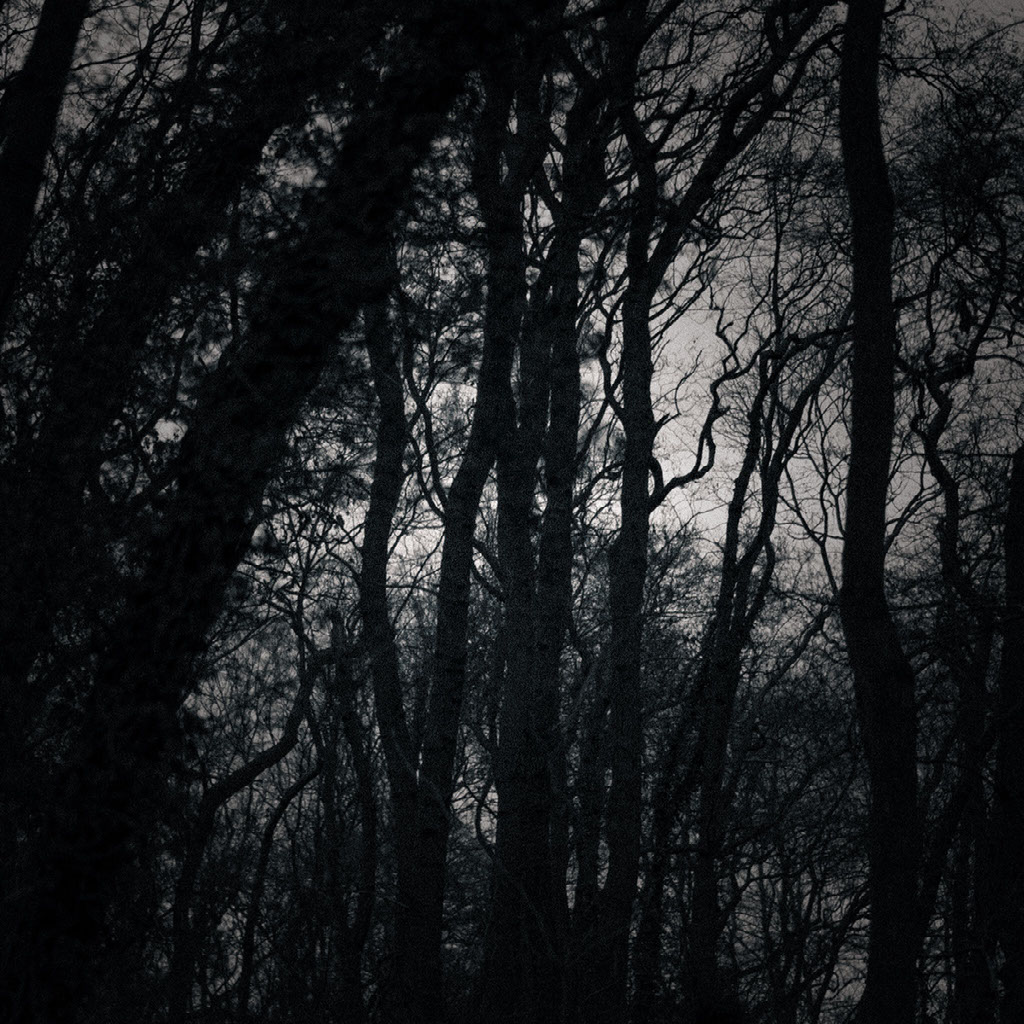Whipmans Wood
An English wood is always alive, ever changing, never still. I have walked in Whipmans Wood with my Welsh cocker spaniel, Stan, almost every day over the last seven years, when I am at home.
My other companion on these walks is my camera. On each visit I try to capture something of the atmosphere and mood of the woods. Mostly I fail.
Just occasionally, I make something that speaks to me of how I feel when I am there.
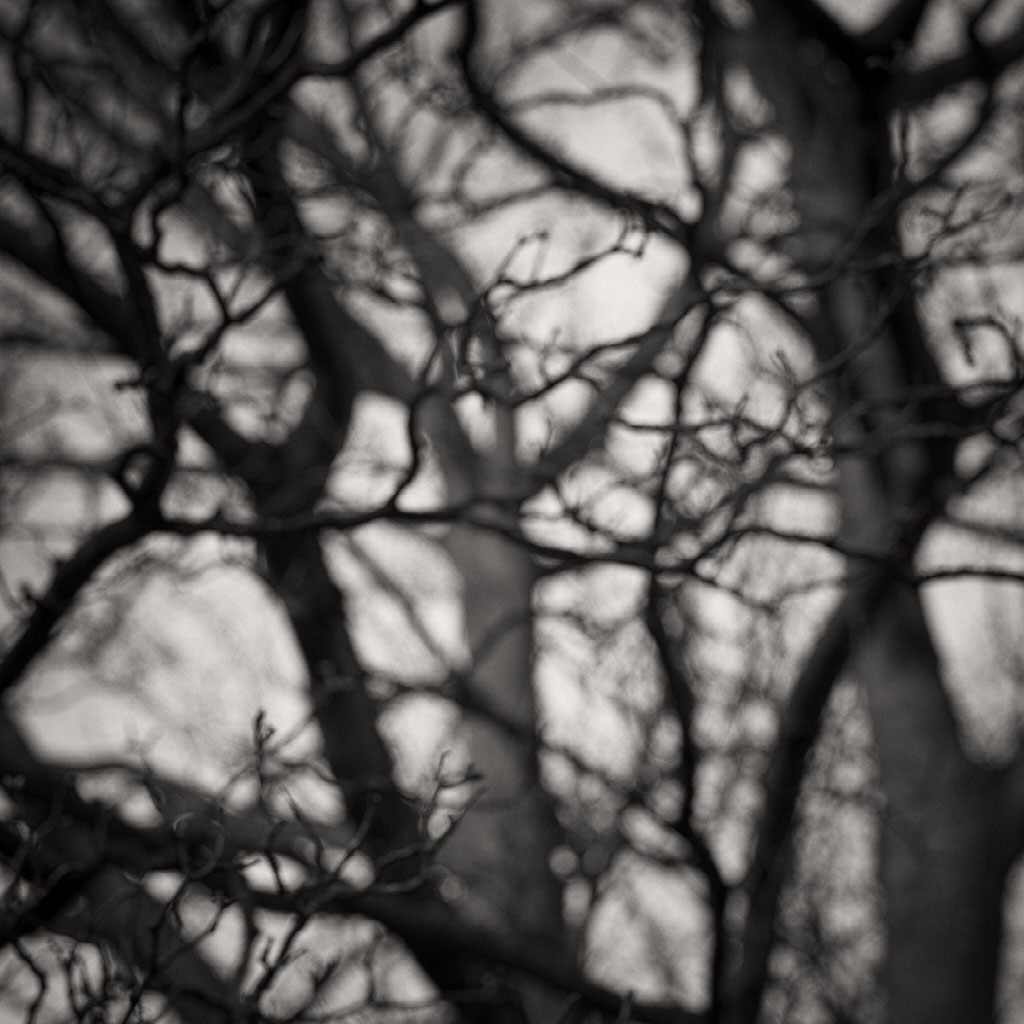
While the wood is most alive in the spring and summer months and in the autumn it is vibrant and full of bounty, it is in the winter that I make my deepest connection with the place. Stripped bare, it is revealed, as a quieter and melancholy but still alive and always subtly changing.
a tree grows where my journey ends -- in the soil. Christine Ueri
Whipmans Wood is not a wood of local pilgrimage. Most who live within sight of it have never stepped over the threshold. A Public Footpath breaches it, but it seems, almost in a hurry to spend as little time there as possible, it cuts a direct line through a narrowing of the trees and then scuttles away towards the next village across fields. It is an ancient right of way designed for expediency, not the savouring of the landscape.
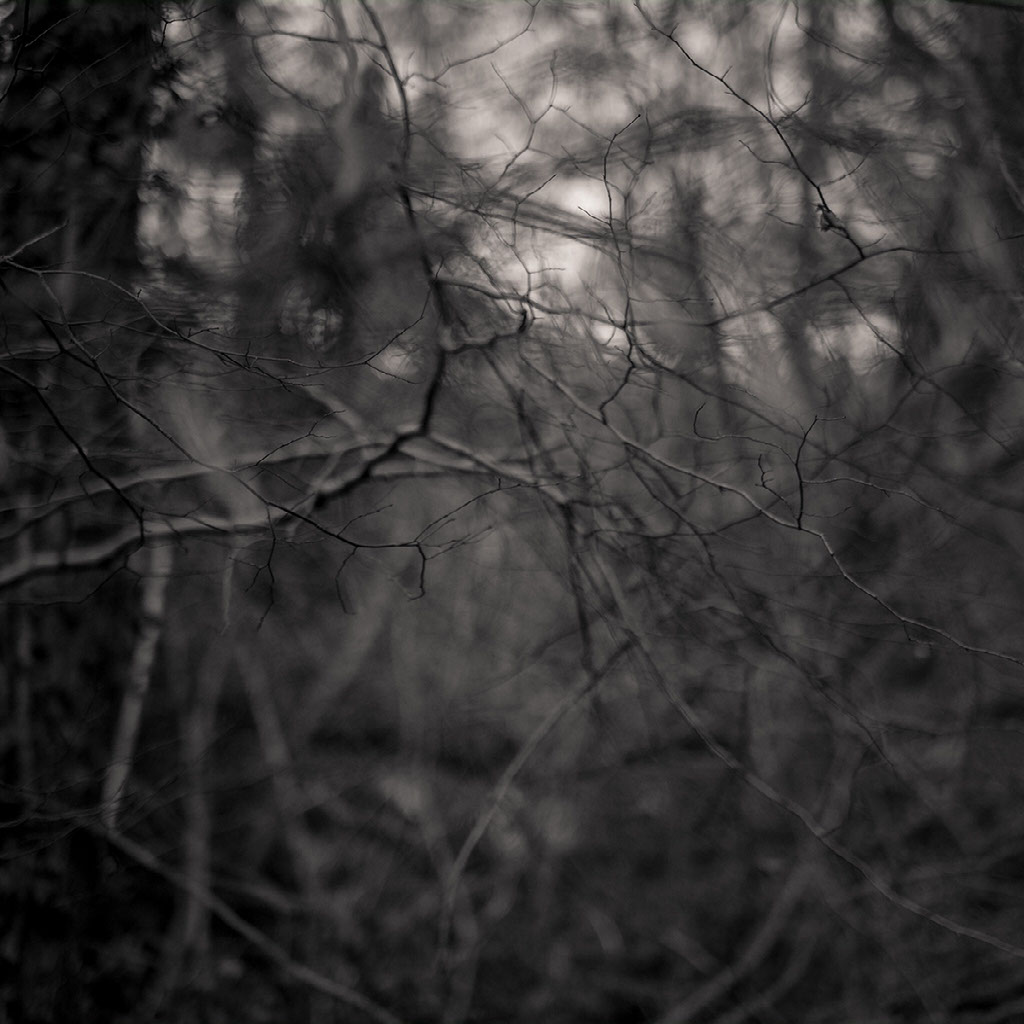
The woodland is not managed beyond a little dead wood clearing from time to time by the land owner, but even this seems to be just so that he can more easily, on occasion, shoot pheasant there. And so, the wood has a decrepit, unkempt feel. It is untidy, a little lost and down at heel. A stream meanders through at one end and at times of high rainfall much of the wood becomes very wet underfoot. Areas flood and so it doesn't appeal to all but the most hardy of the local dog walkers. Those in their Barbour Jackets and Hunter Wellies, which need to be kept clean for the car, steer well clear.
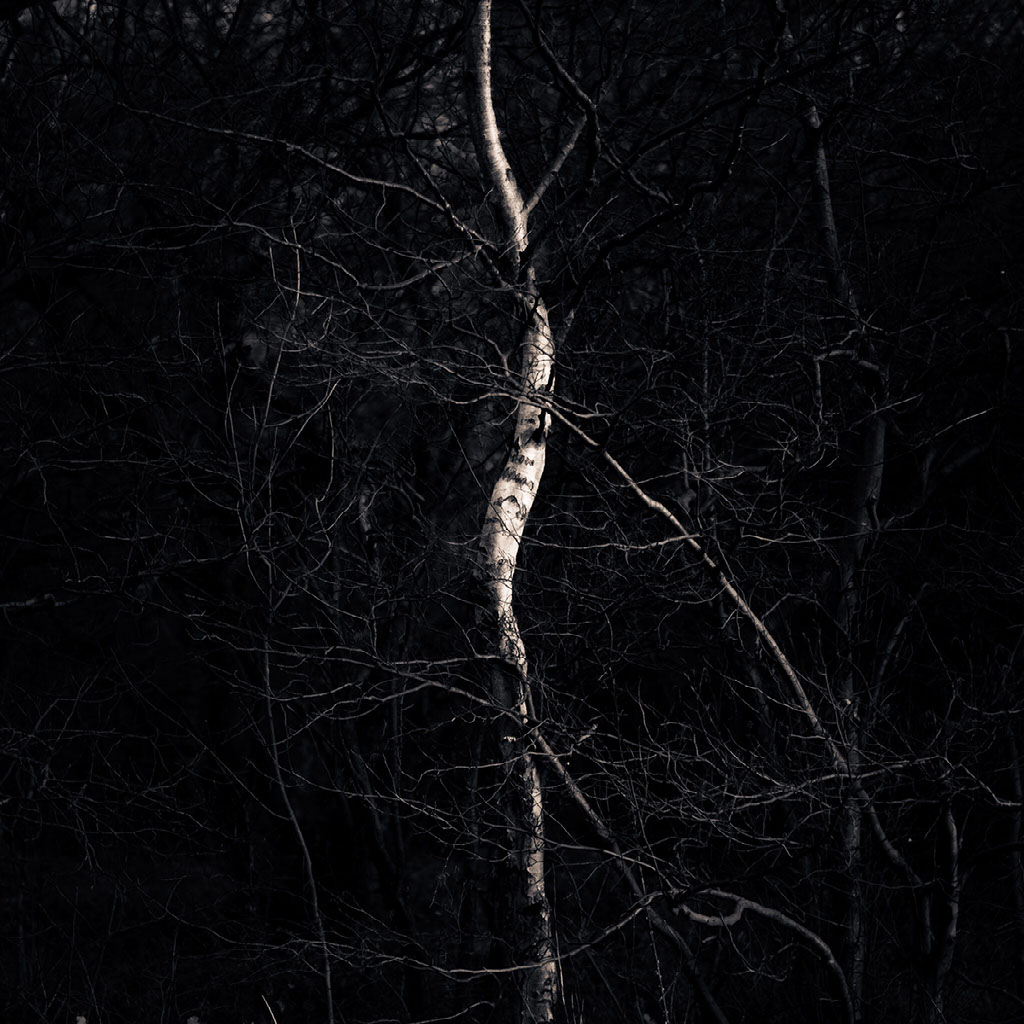
It is this very air of wild neglect that appeals so much to me. There is a quiet, haunting beauty amidst the trees (those standing and the fallen). The tatty undergrowth is filled with texture, shape and form. Aside from the sounds of the birds, the bark of a fox and the seemingly ever present wind in the branches, it is a place of solitude and tranquility.
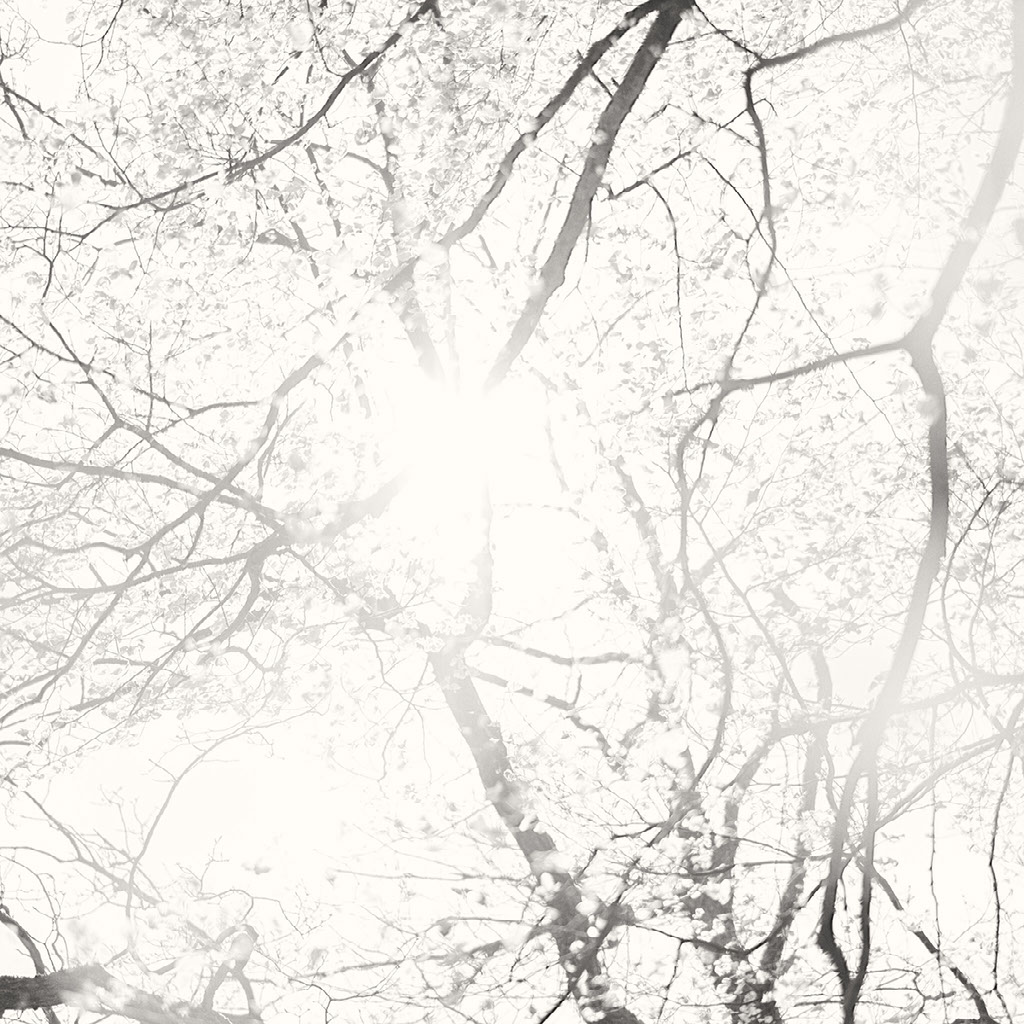
My early pictures of the wood were dead. Soulless. Exact representations of what was seemingly there but so far from the mark. Limpid on the screen. Lifeless in print. There had to be a another way.
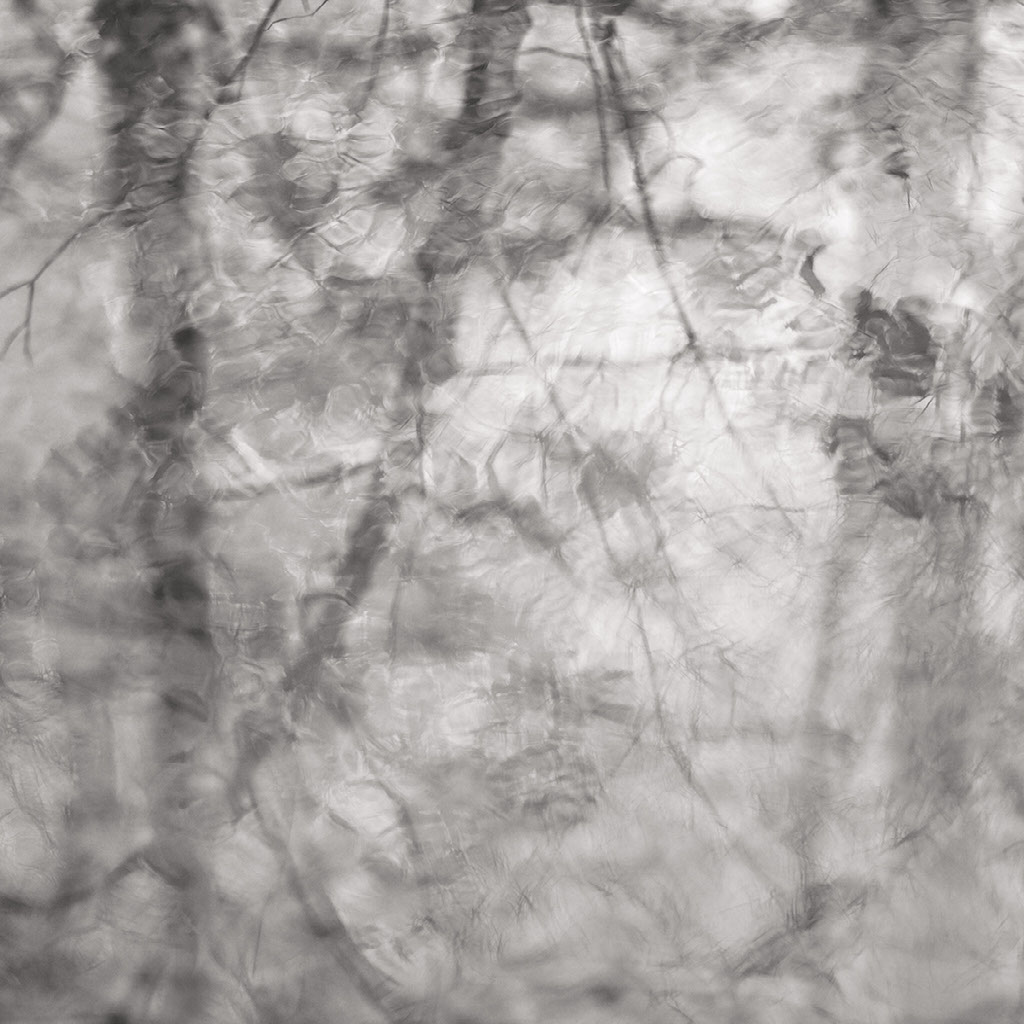
Then, I had an epiphany in Wales, in another woodland. There in a few blinding moments of realisation I found a way that, for me, helped me to capture, not what the woodland 'looked like', but more importantly, what it 'felt like'.
Once home, I was eager to get into 'my' wood and work with the technique to begin to capture how it felt to me to be there. This ongoing project is the result. My aim is not to represent the reality of the woodland. Rather, I wanted to put into an image the emotions being in the woods evoke in me. To give some sense of the chaos, the untidiness, the sadness, the joy, the movement, the stillness, the grief, the loss, the eternalness, the fragility and more than anything, the absolute beauty to be found in this little strip of English woodland here in Nottinghamshire.
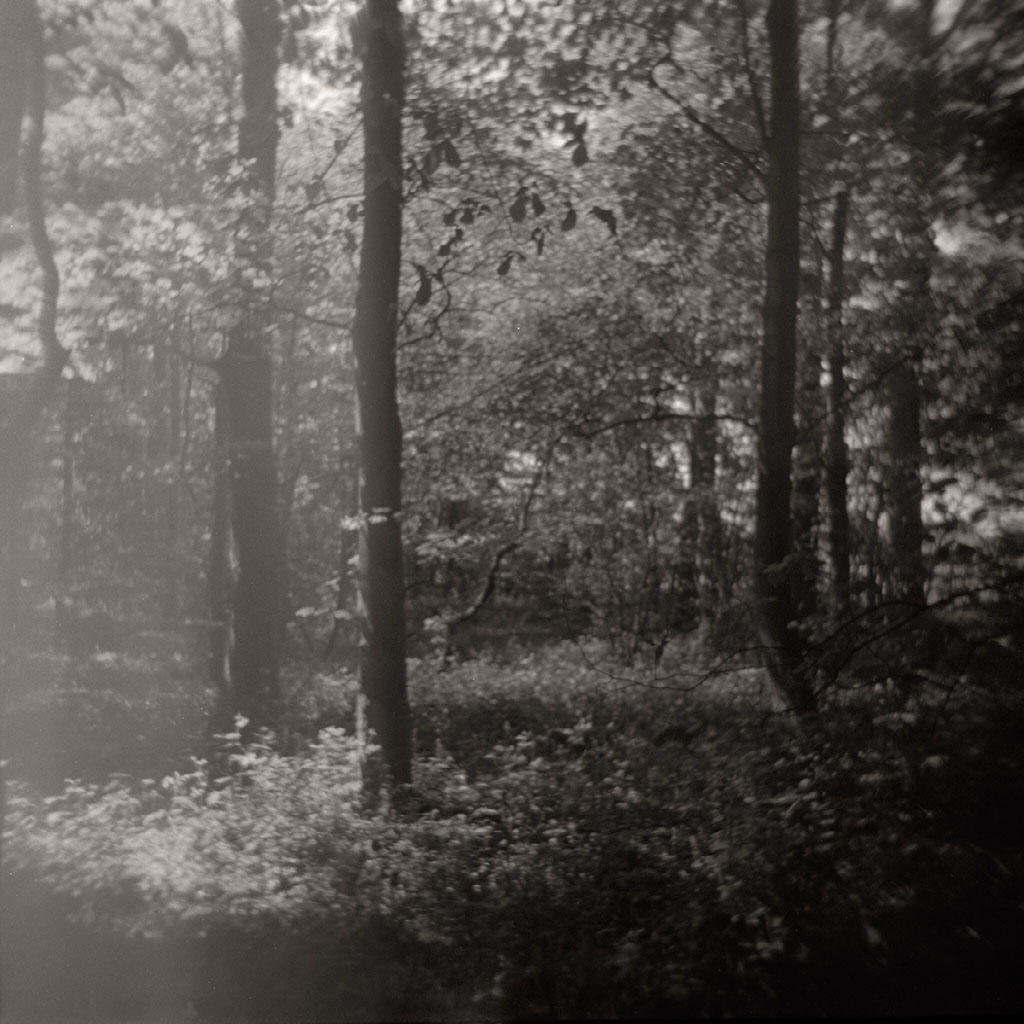
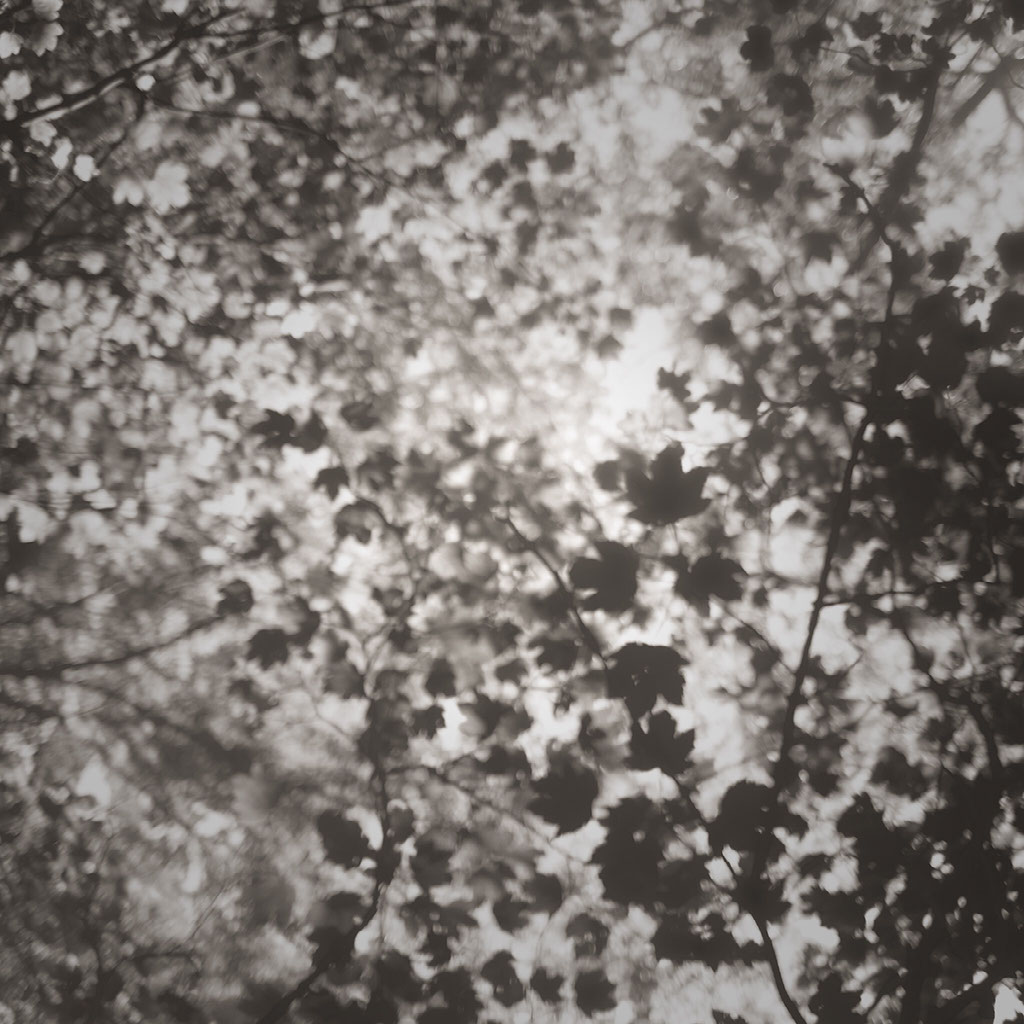
For me, the equipment is only important as far as the results it produces. For that reason, the images here are made with several different cameras chosen for the look they produce. Some are digital, others are analogue (film). I used a range of lenses too, again to get different 'looks'. Different results. There were some constants. Almost all of the lenses used, were primes. I tended to shoot 'wide open' almost exclusively, to give the soft, blurred look I like. Many were shot without formally composing the image - I simply took a rough aim in a general direction and fired the shutter. I pre-focused to a point in space, often three or four, sometimes further, sometimes closer to me, rather than using autofocus. This introduced a pleasing (sometimes frustrating) randomness to the results. I have not allowed myself to crop any of the images that resulted, they are all framed as the camera produced them.
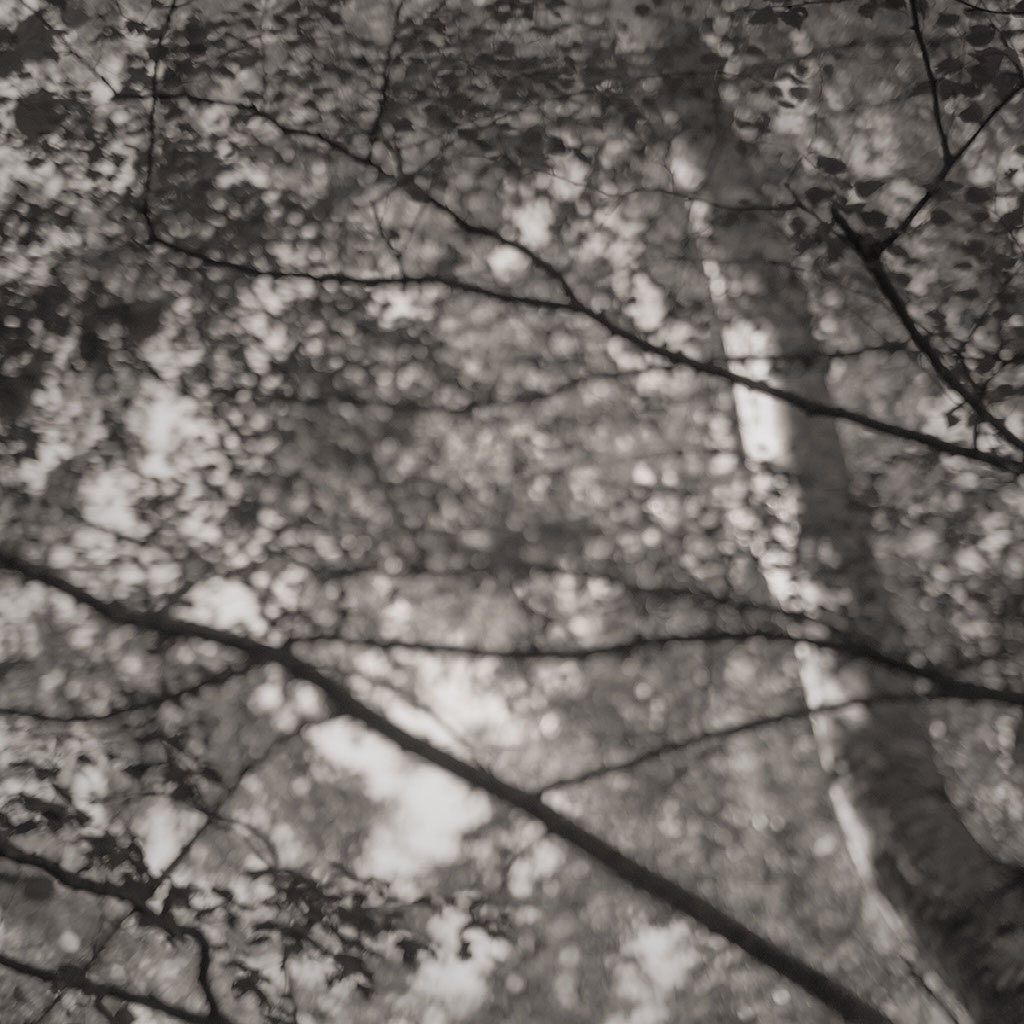
At times I would allow myself the luxury of composition, using the eyepiece. But back at the computer I still wouldn't allow myself to crop the image, and I still worked at the widest aperture of my prime lenses on most occasions. I never used a tripod.
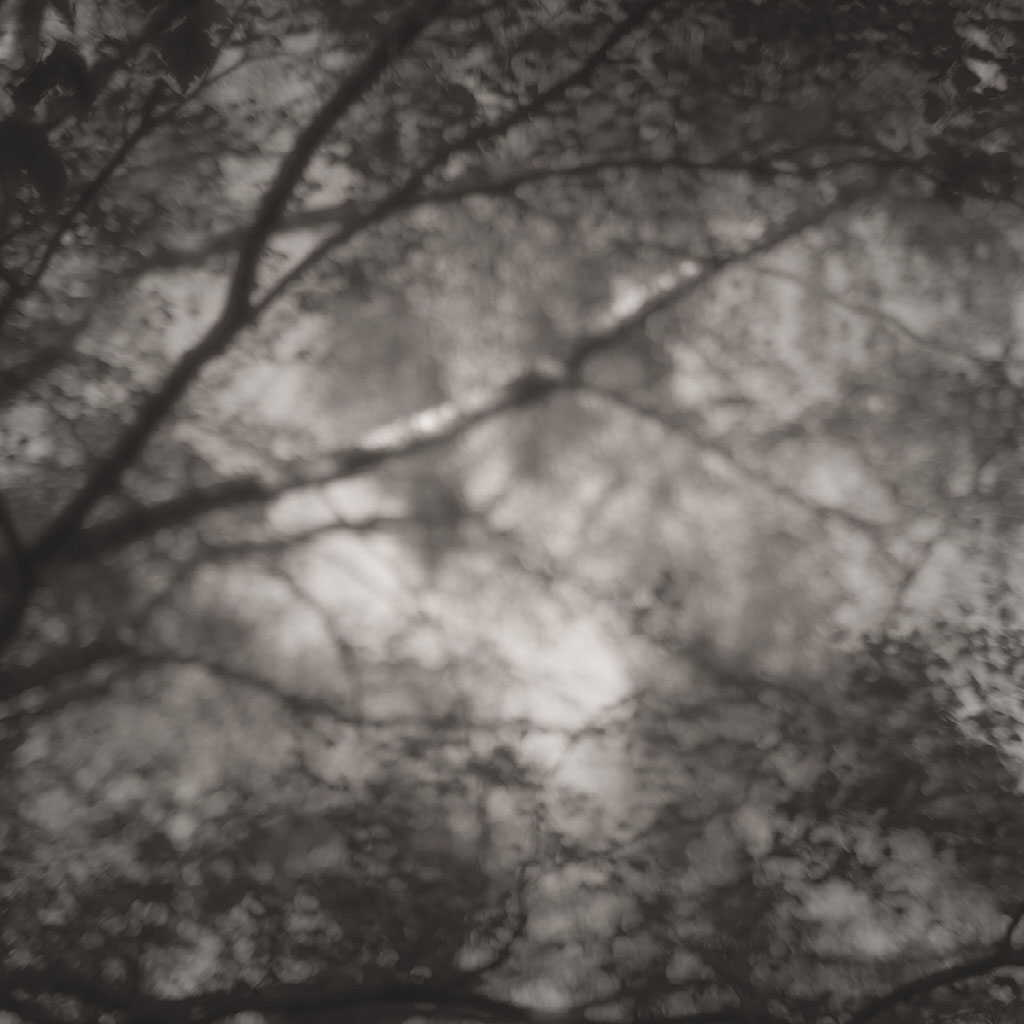

Our dog, Stan, is a creature of habit. He likes to return to bed after his breakfast and so his favorite time for a walk is at about 11:00 to 12:00. Hence virtually all of these images are made in the middle of the day, year round, whatever the light, weather or season. My walks were 'Stan driven', not conditions driven, like many photographic projects. As a result this provided both challenges and unforeseen opportunities.
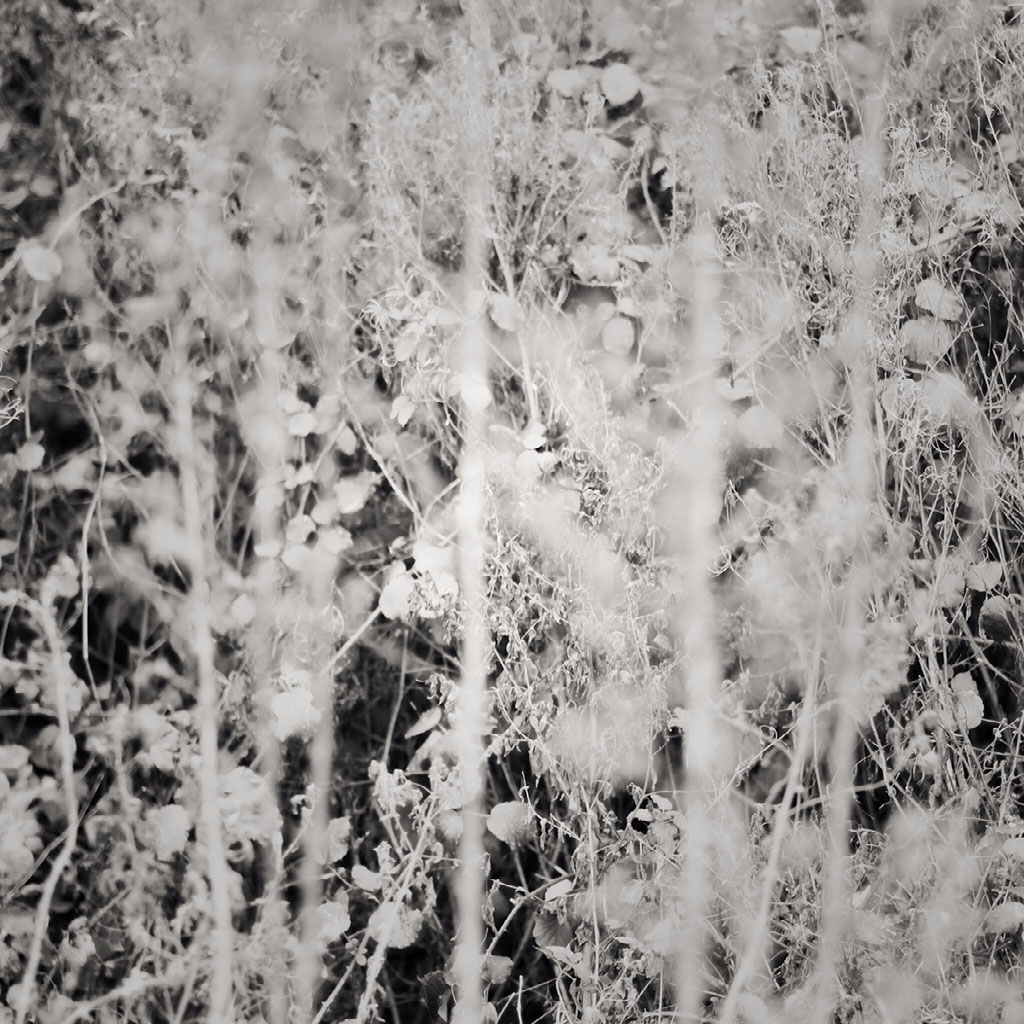
"Fragile tendriles drip labyrinthine knots..."
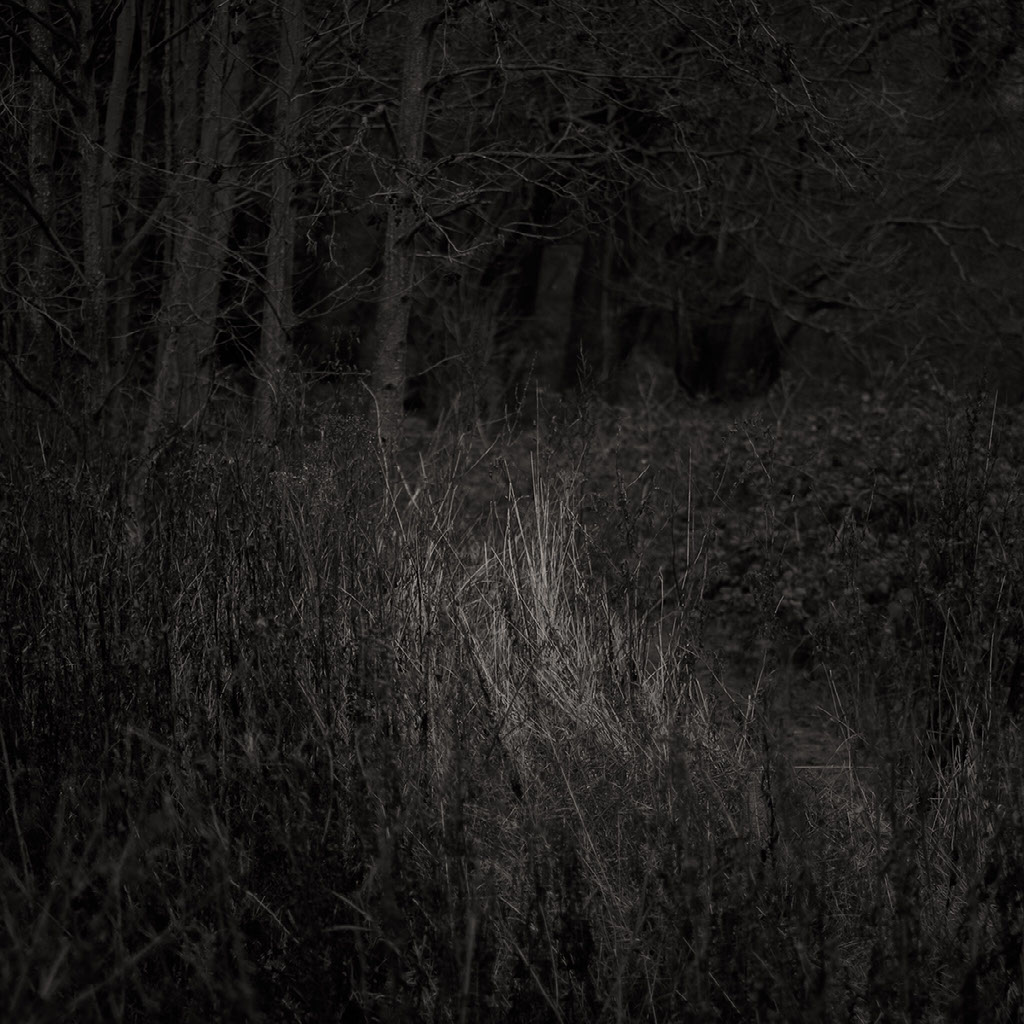
"Above, unseen, gulls mourn the sea. Yearning cries swallowed by the wind"
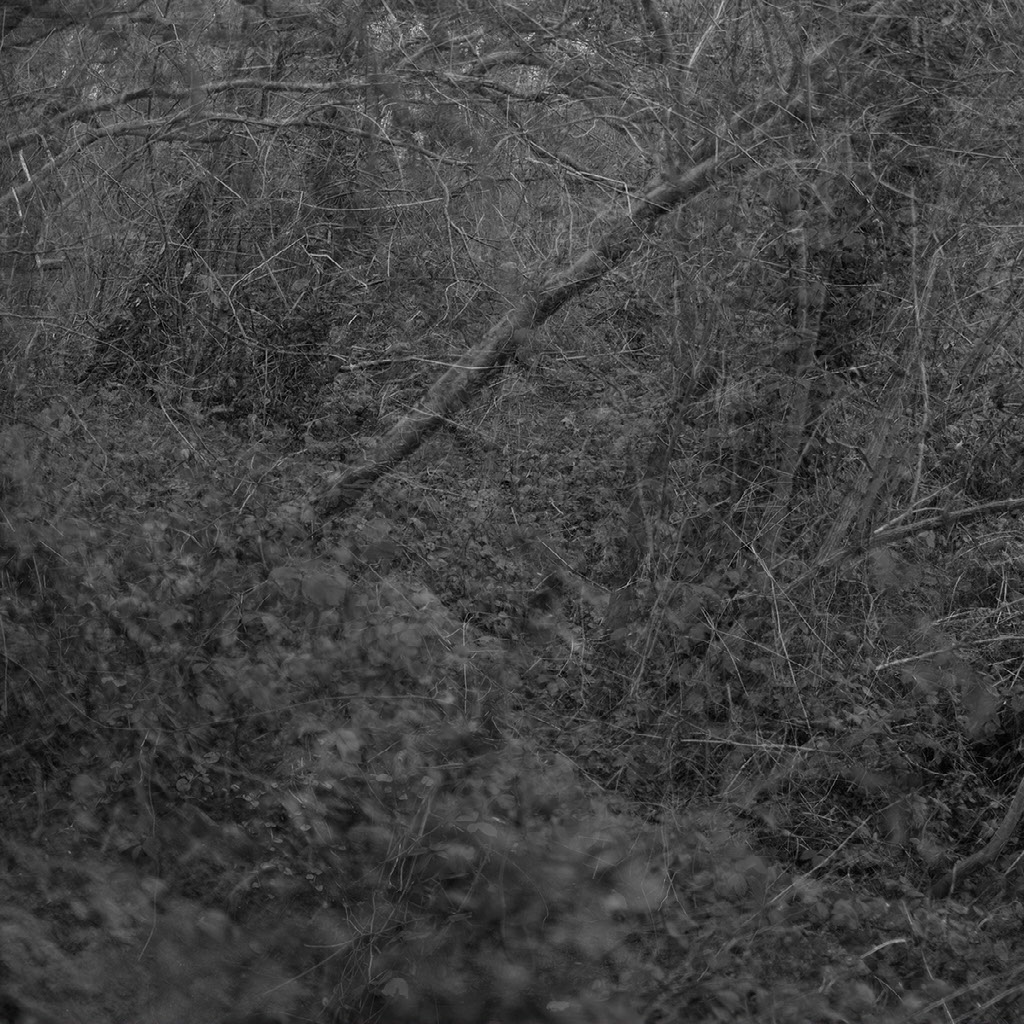
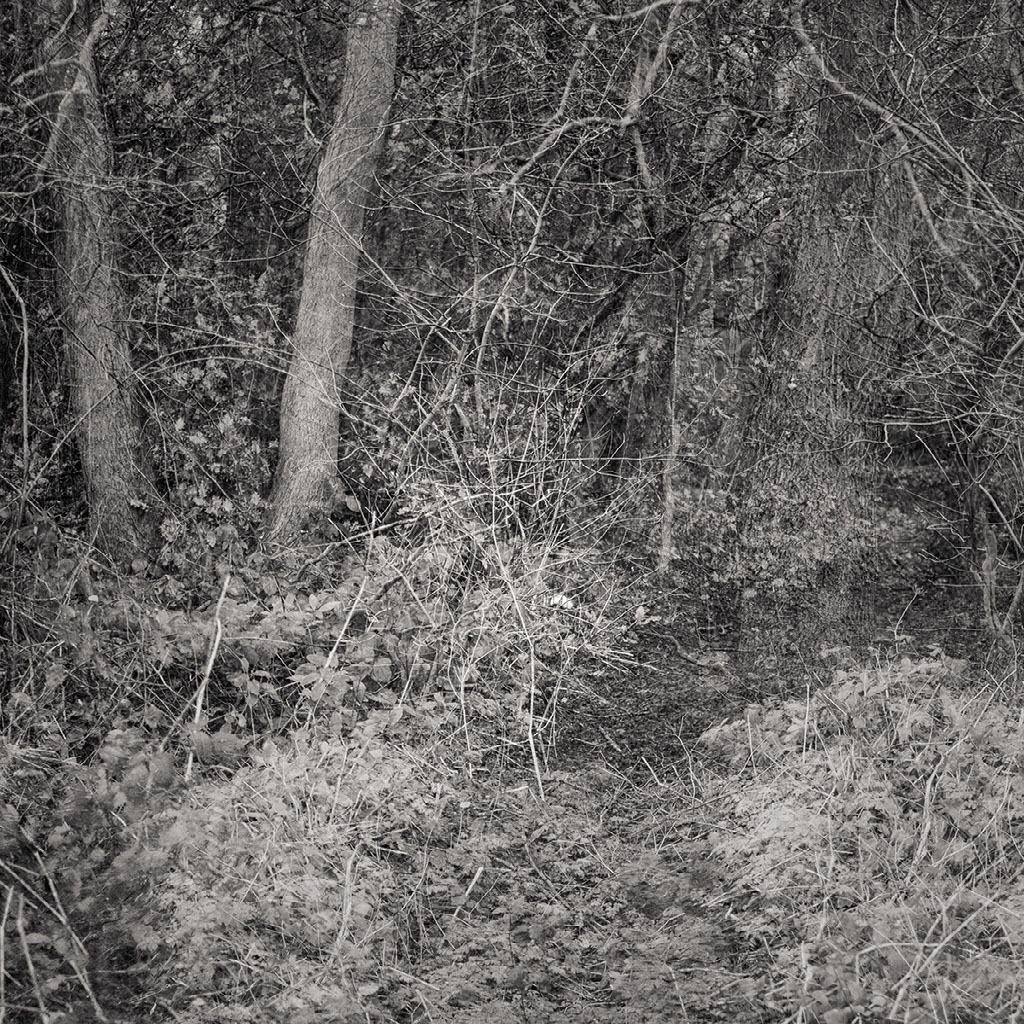
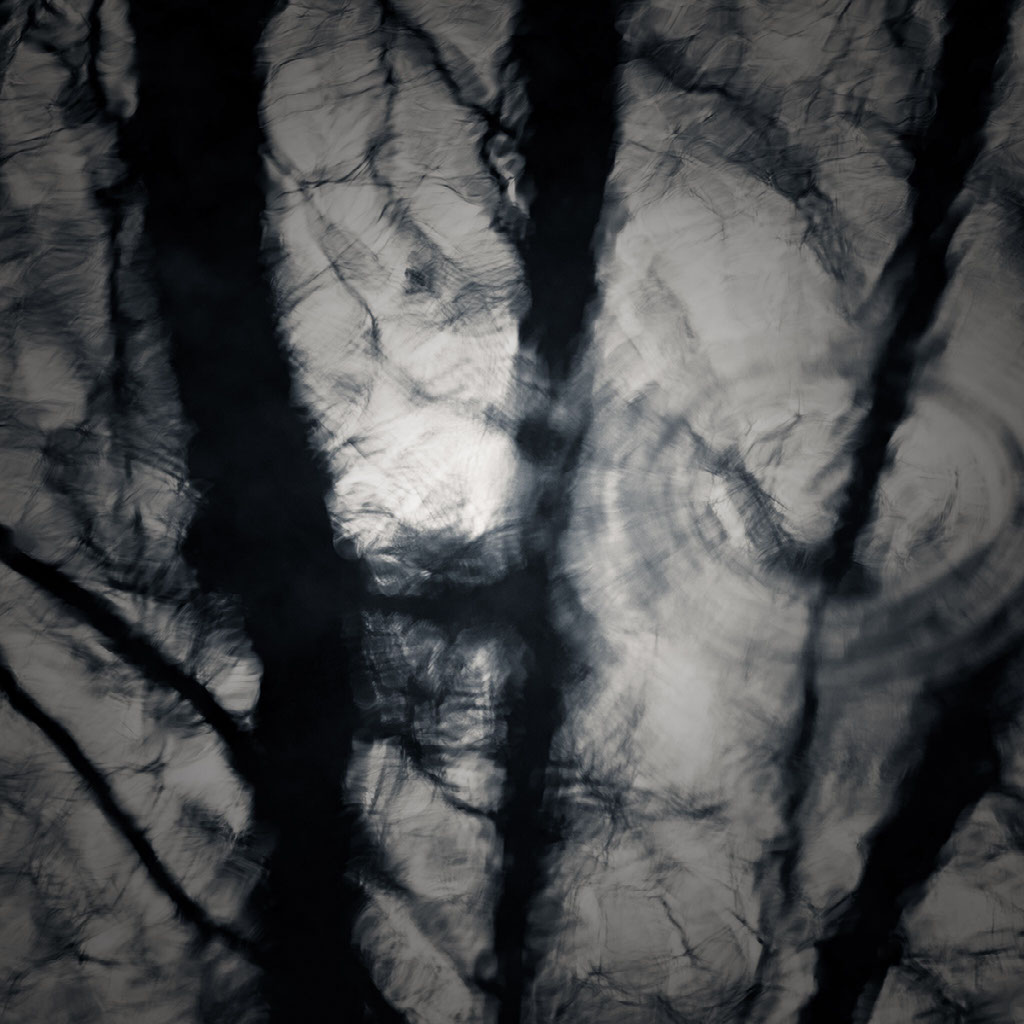
INSPIRATIONS
- Iain Sergeant - 'The Pool' series
- Matt Botwood - 'Ephemeral Pools' series
- Adrian C Joyner - 'Walton Wood' series
- Chris Tancock - 'Beating the Bounds' series
- Lucy Telford - 'In a Light Like Water' series
- Rob Hudson - 'Toward the Sun' & 'Mametz Wood' series
